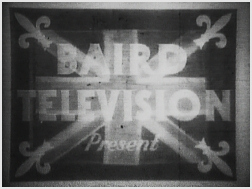Scotland beat England in unique Penny Farthing bicycle polo match
Back in 2010 I posted about The Great Race, a Penny Farthing bicycle race that takes place once every ten years in the Manchester suburb of Knutsford - and which therefore as it happens was due for a re-staging this year (this very month, in fact), but which has instead had to be put back to 2021 as a result of the ongoing Covid situation. Something to look forward to next year, then, but in the meantime an equally quaint Victorian velocipedist sport recently took place in Richmond, London - Penny Farthing polo!
 |
| source - The Penny Farthing Club |
An annual event, this, played this year at the Ham Polo Club's grounds in Richmond and known as the Penny Farthing Calcutta Cup it sees the traditional rivalry of Scotland versus England taken on to the polo field with a wonderfully eccentric twist.
Following much the same rules as equine-based polo, the two four-a-side teams play five chukkas of seven minutes' duration and the result of this particular match was an 8-7 victory for the Scots. England are still in a strong position, though, leading the series 3-2, previous matches having been played this year in front of reduced crowds (usually in the thousands but currently restricted to 100 - suitably socially-distanced, of course) at Cowdray Park in West Sussex, Herne Hill in London and at the Guards Polo Club in Windsor.
It certainly looks like a lot of fun (the footage below is one chukka from last year's event), although I fancy one would have to be a particularly skilful Penny Farthing rider and polo player as indeed both teams' captains (and their teammates) are by the sound of things. Even so it was perhaps inevitable that there would be a few tumbles and unseatings in the course of the matches!
 |
| source - Wikimedia Commons |











